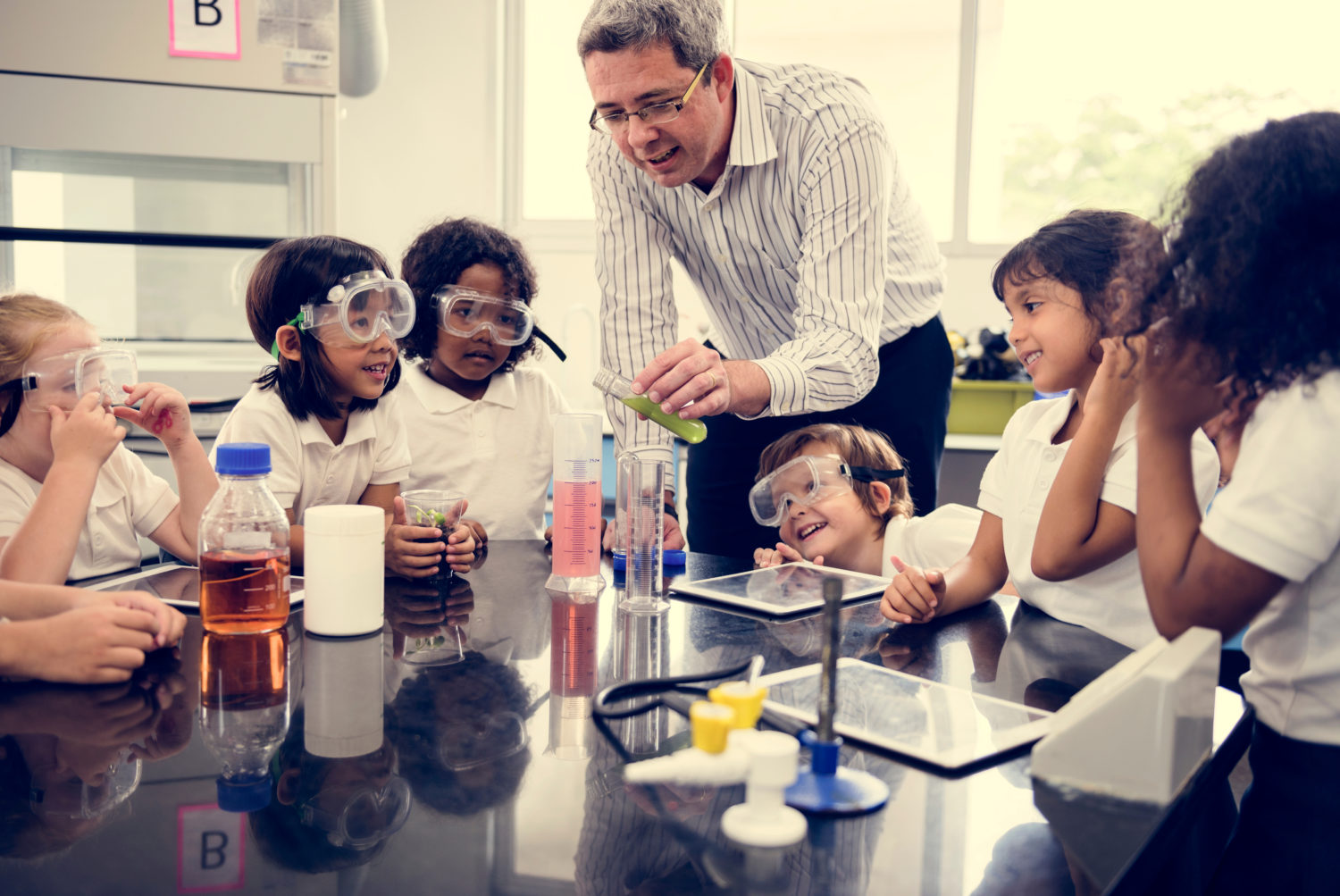
How to build an effective learning infrastructure in schools
Every school that aims to fight the challenges of admissions turnaround, school results, teacher attrition and maintaining relationships with parents must constantly work on becoming a better version of itself. Students spend a large part of their day in the physical space of the school and it is not wrong for parents to expect their children to learn and grow as much as possible during these hours. To build a culture of learning and development for students, a school must instill a well-functioning learning infrastructure.
Building a successful learning infrastructure in a school is the same as creating an environment inside the school premises and in its culture, such that a child learns continuously – as much outside as within the classroom. It also means that the school empowers its teachers to become an active part of this development and contribute in their own ways.
Developing a working learning infrastructure in a school doesn’t have to come at a heavy cost, it can be imbibed in the school system simply by utilizing existing spaces and resources. This utlilisation must be aimed at enhancing the habits, routine and social interactions in the school ecosystem.
Here are a few things a school can do:
- Develop a Resource room for teachers in the staff room
Every year as teachers interact with concepts and learn teaching best practices, schools could help them with a dedicated space for learning and preparation. Resources provided in this room could be as complex as extra supplies in the chemistry lab or something as simple as a wall painted with a lesson plan. The room must be aimed at becoming a space for teachers to grow individually and in peer support.
- A well-stocked library with dedicated quiet reading time for children every week
Depending upon the grades taught in a school, every board recommends a list of relevant books the children could read. Additional lists relevant for children and young adults can also be easily found online. The habit of reading is essential, especially as their screen-time increases with smartphones and laptops. Developing the habit of quiet reading time forms an important part of a child’s personality, behavior and their comprehension abilities, which are important for all academic subjects.
In case the school cannot find enough space to build a library, a cupboard in every classroom and reading corner will contribute as much to a child’s development, if not more.
- Morning learning routine for all children
Every morning in the assembly or in class, the school could nurture the habit of discussing one important piece of current affairs, one new English word and Hindi word. Encourage students to use these 2 new words for the rest of the day in school and in class for them to understand its usage and application in verbal and written communication. Moreover, having a collective learning experience stimulates peer support and social interactions in school while building a positive vibe around learning new things.
- Sports facility
Physical development is as important for children as conceptual development. Having a sports facility gives extra-curricular opportunities for students to learn a new sport, meet fellow students with similar talents and builds team spirit and collaboration. Competitive sports build grit and focus among students, something that exams or coursework may not do for every student.
- Computer Lab with a systematic learning program
Computers are an integral part of the 21st century. Children already are active users of technology and machines at homes, however, their usage of computers at home largely consists of the browsing the internet and playing games. A computer lab in a school, thus, must come with a well thought out learning schedule which teaches students software and skills essential for the 21st century. A few good softwares to include are MS Excel and Power Point from Microsoft or Photoshop from Adobe.
- Regular subject relevant excursions
Seeing is believing. Learning through textbooks works well if the end goal of education is to be scoring well on exams. Taking students on learning excursions outside of school lets them understand the real-life application of learning more clearly. It engages them with concepts better, and encourages them to look at natural and physical phenomena holistically without the lines of academic subjects
- School building for on-the-go learning
Physical spaces in the school could be a very useful tool for students to learn while in the corridors or the playground. For example, young children benefit hugely if stairs are numbered, they count while walking and remember numbers better. For older children walls can be used as maps to understand geography better, windows could have images of plants that illuminate when the sun shines.
- Career days at school
An increasing number of students are graduating from school every year without any idea of what lies in the future and how to form and achieve career goals. Schools can hold a career week where professionals from different industries come and talk about how to aim for success in their respective fields with essential skills that need to be developed and mentorship opportunities for enthusiastic students.





